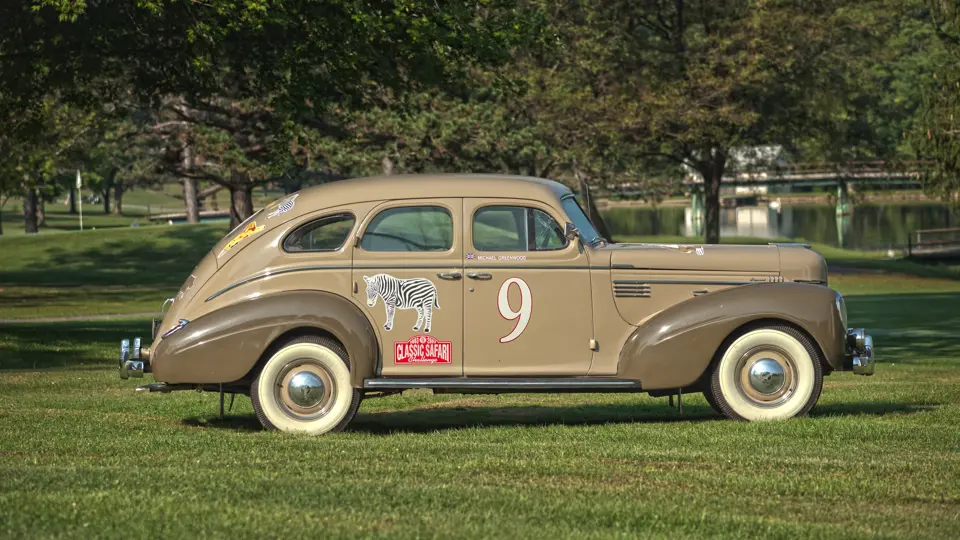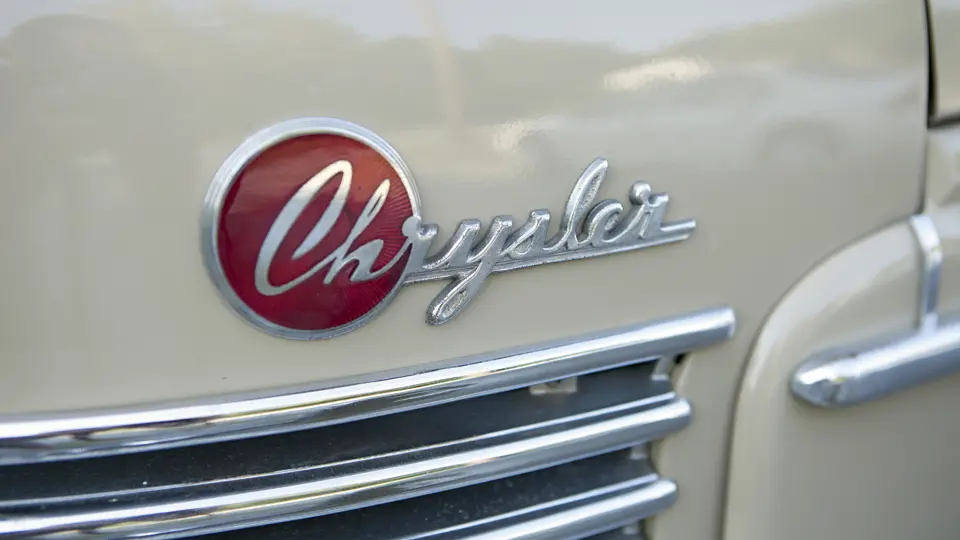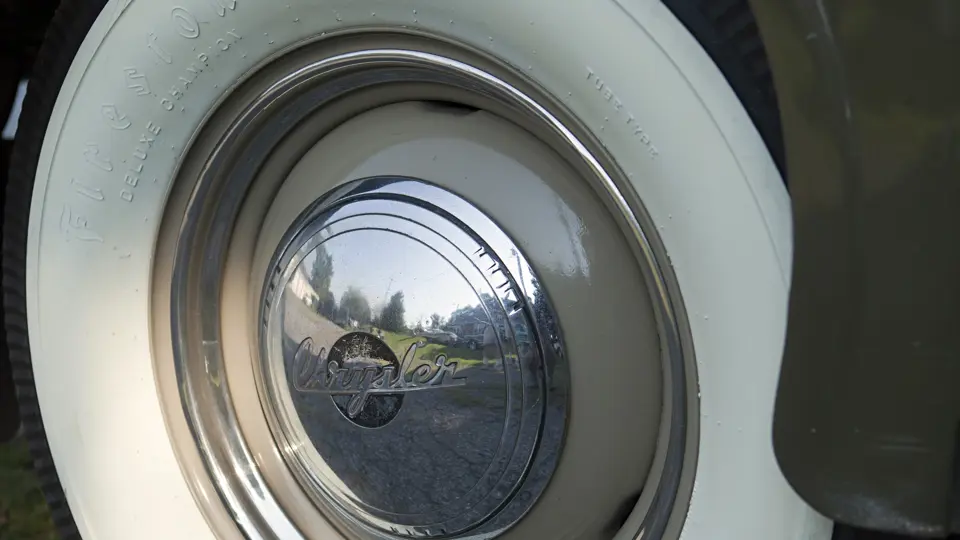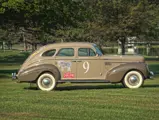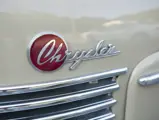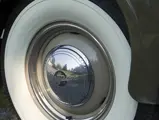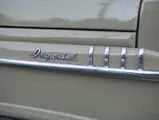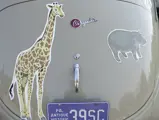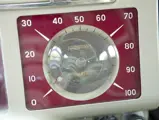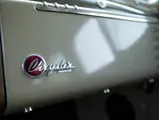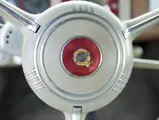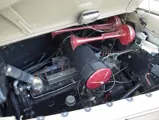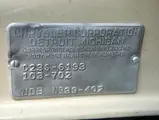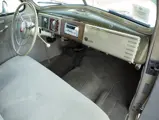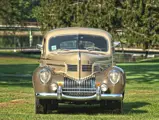Model C-23. 130 hp, 323.5 cu. in. inline eight-cylinder engine, three-speed Synchro-mesh Chrysler Fluid Drive transmission, hypoid rear axle, and Lockheed four-wheel hydraulic brakes. Wheelbase: 125 in.
• Offered from the collection of Raymond H. Carr
• Veteran of the 2003 African Safari Rally
All Chrysler products were totally restyled for 1939. Headlights moved into the fenders, luggage compartments were concealed, running boards were narrowed, and all cars received a unique grille treatment. Chassis components subject to wear were polished to a mirror-like finish called “Superfinish,” which was designed to bring friction wear to the lowest possible point. All models featured a new Solar Spark ignition, hydraulic brakes, and larger tires as standard equipment. Imperials received column-mounted gearshifts for the first time.
New for the Chrysler line was the C-23 Series, which included the Saratoga, the New Yorker, and the Imperial, all on a 125-inch wheelbase. Imperials continued to be split into two series, the C-23 Imperial on the 125-inch wheelbase and the C-24 Custom Imperial on the big 144-inch wheelbase. Standard was a 323.5 CID, inline, eight cylinder engine producing 130 horsepower. Chrysler offered four Imperials, four New Yorkers, and three Saratogas for 1939, with production totaling 10,536 units across all three series.
This was a local car purchased “just down the street” from Mr. Carr’s office in south central Pennsylvania in 2002, in preparation for an African Safari rally that year. Ray chose a closed car due to the intense heat and dust associated with the African continent. Slight modifications were made in order to provide better performance in less than desirable driving conditions, including a larger gas tank, heavier rear springs, and a front sway bar. In addition, a modern Pioneer radio and instrument panel gauges were installed, though no changes were made to the dash structure, so as not to affect the integrity of the car. The original radio and aforementioned fittings are included with the sale, so that the car can be returned to its factory-built condition.
Prior to the trip, the Imperial was given a body-off complete restoration in Ray Carr’s own shops. It is painted a desert-like combination of a khaki body with olive fenders over a sand interior. Says Carr about the livery, “I went to Orvis and came home with bags of clothing. I told the painter, this is what I want the car to look like!”
On February 16, 2003, Carr, assisted by navigator Michael Greenwood, of Kent, England, embarked on his sixth automotive adventure, an African Safari Rally for 19 days, totaling 7,000 km, and passing through South Africa, Namibia, Botswana, Zambia, Tanzania, and Kenya. Despite extreme heat, dust, and less than ideal driving conditions, Carr persevered and added yet another long-distance journey to his repertoire. The Imperial proudly wears a battle scar from the rally in the form of a broken right side wing window that was hit by a bird while at speed. Performing admirably on the rally, Carr appropriately nicknamed the Imperial, “The General.”
Though Chrysler did not keep specific production records, it is likely that this is a low-production model, as few are known to exist. Carr describes the Imperial as a great-running and very capable car that has been used sparingly over the past few years. It would no doubt make for a unique addition to any collection, and without question, it is one with a great story to tell.




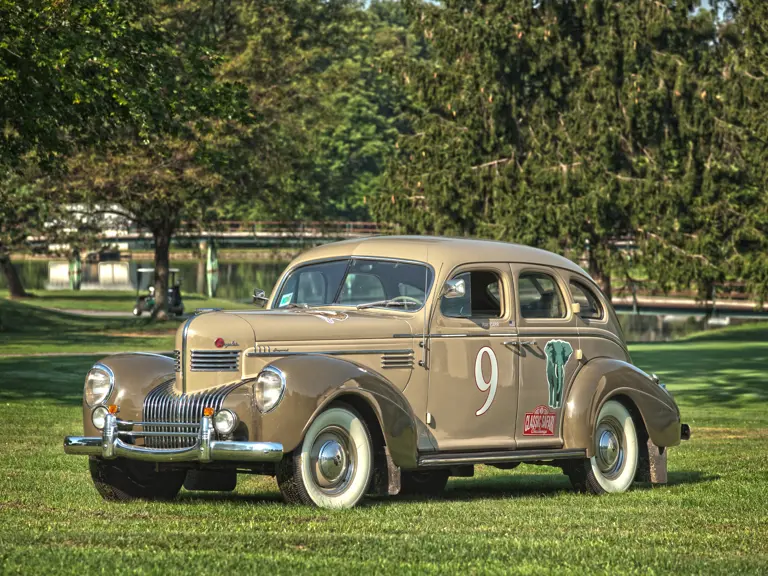
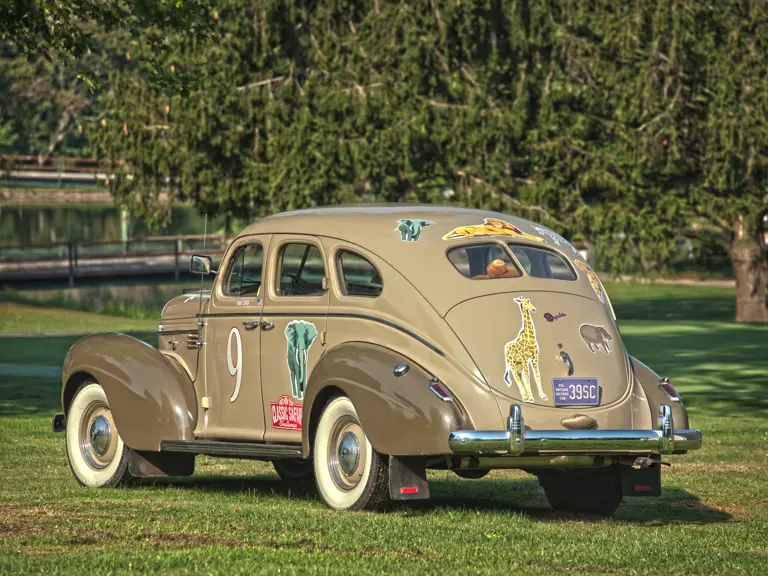
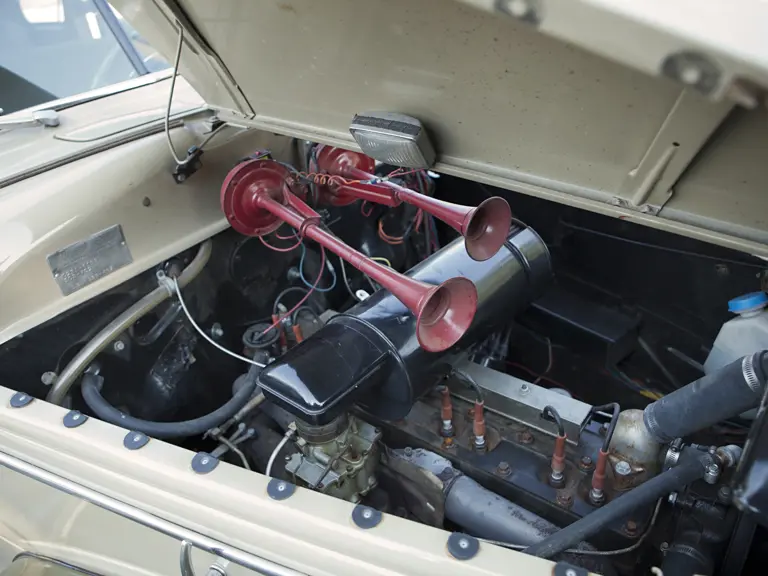
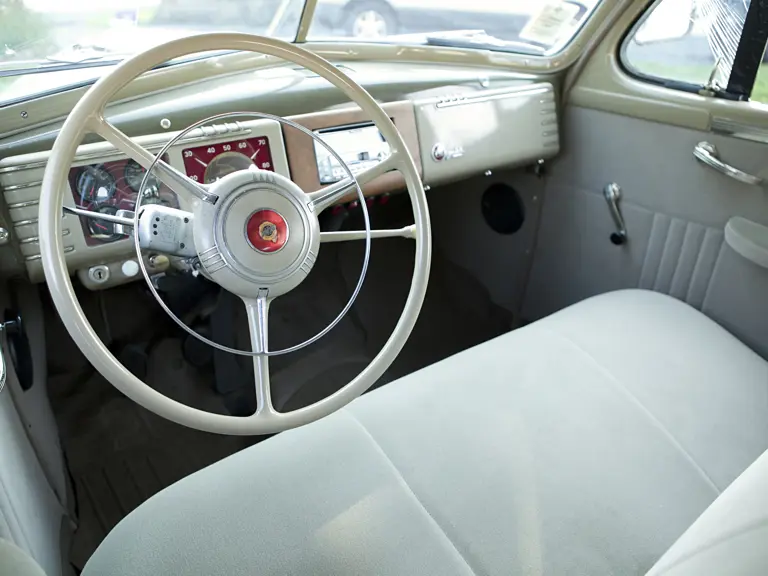
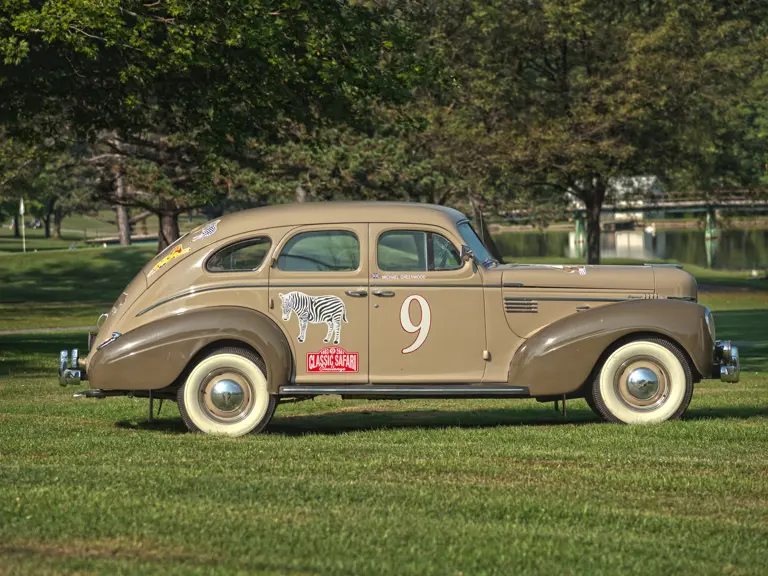
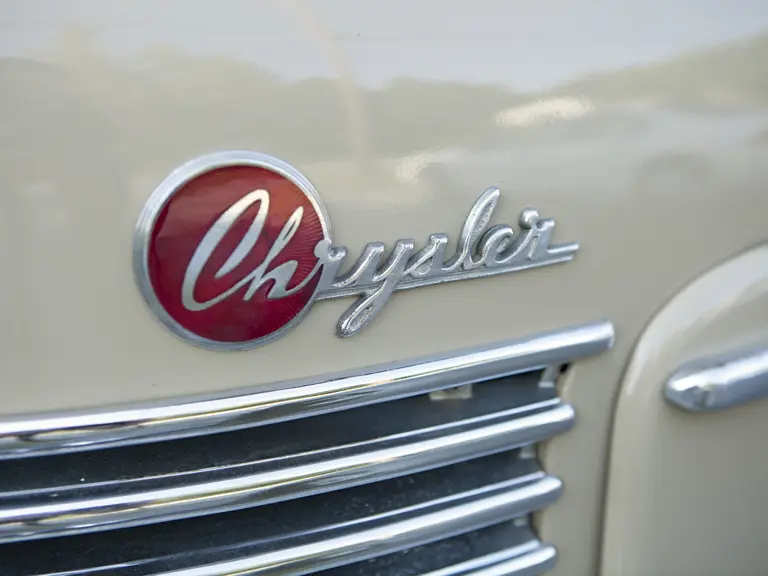
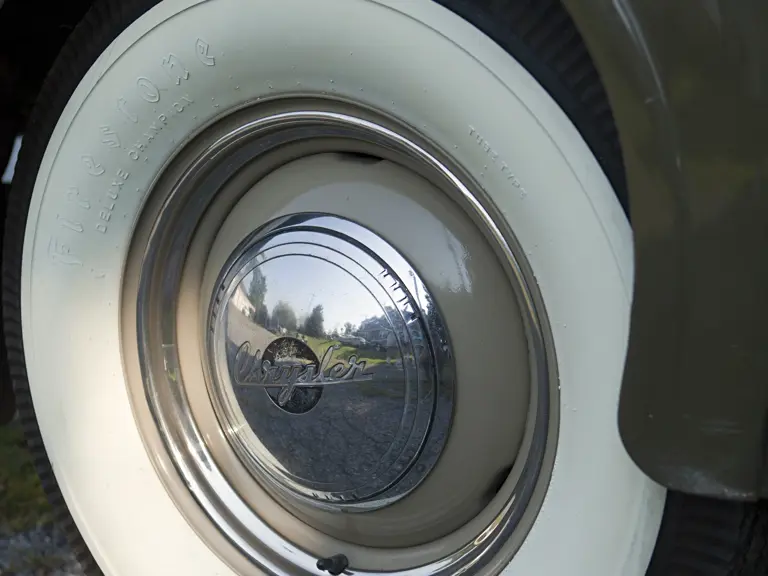
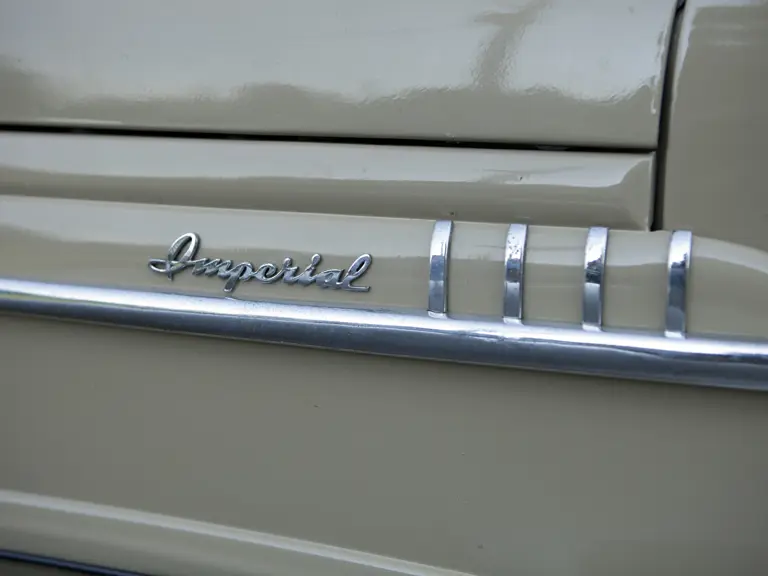
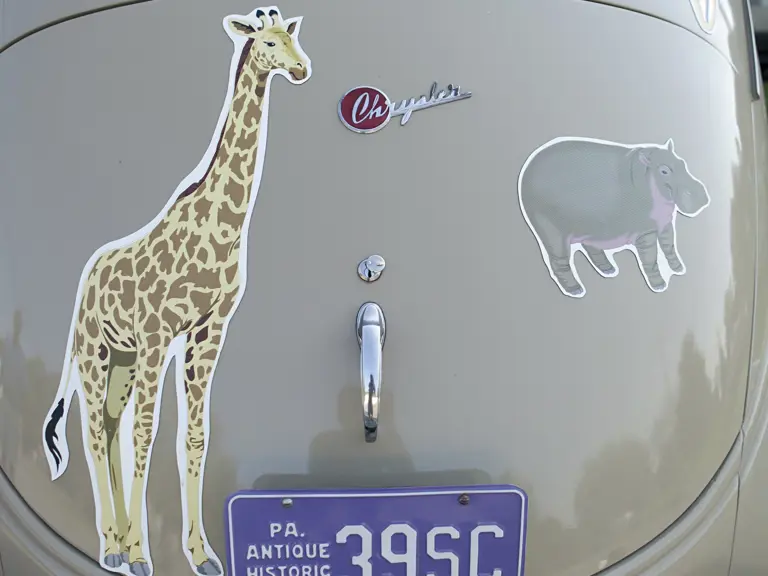
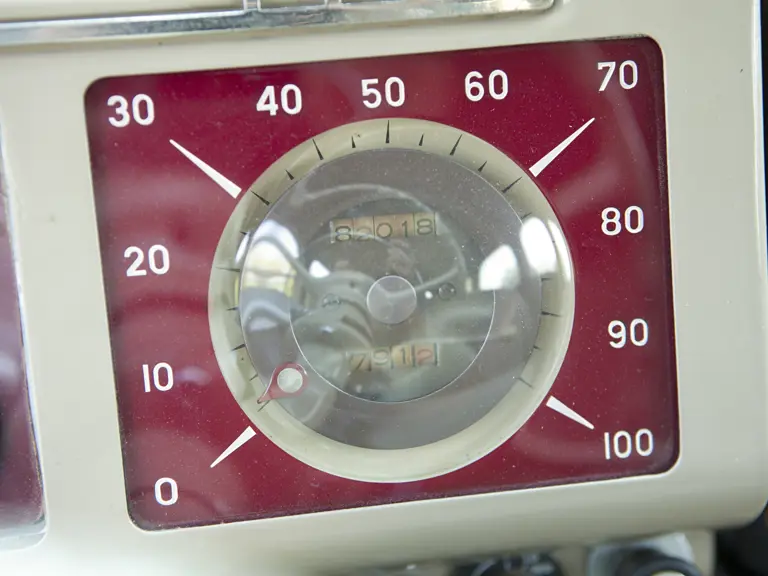
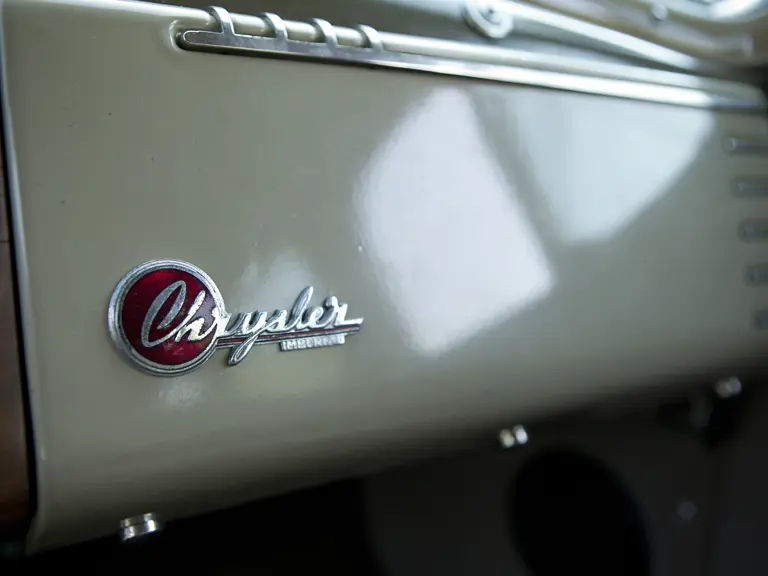
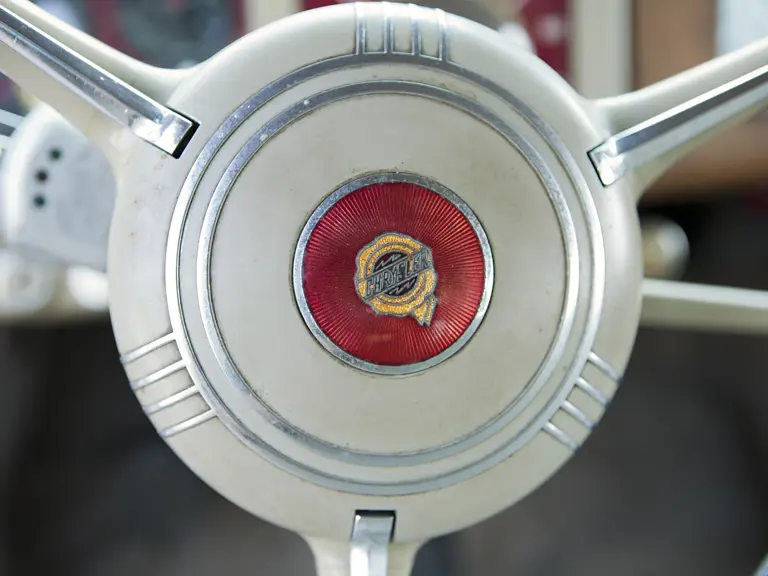
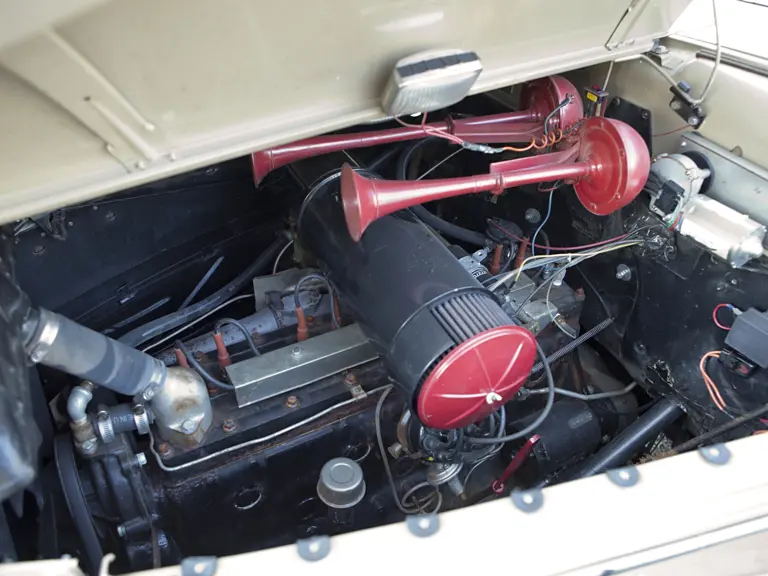

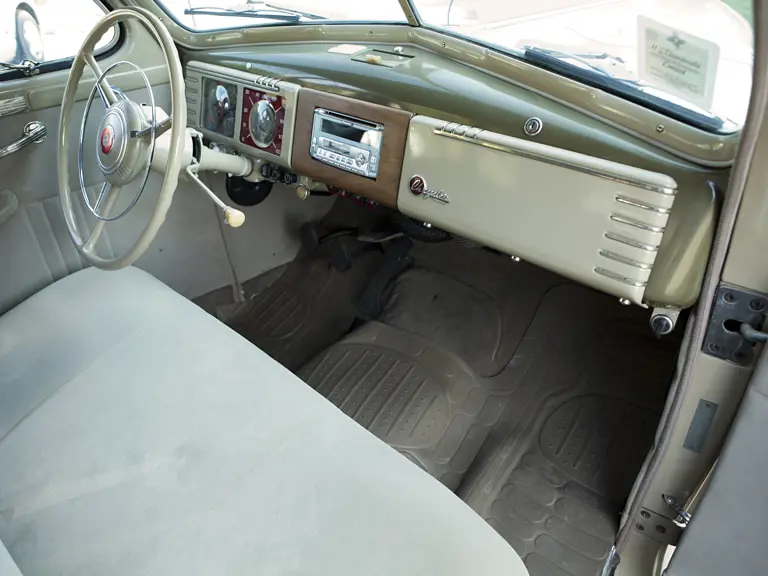
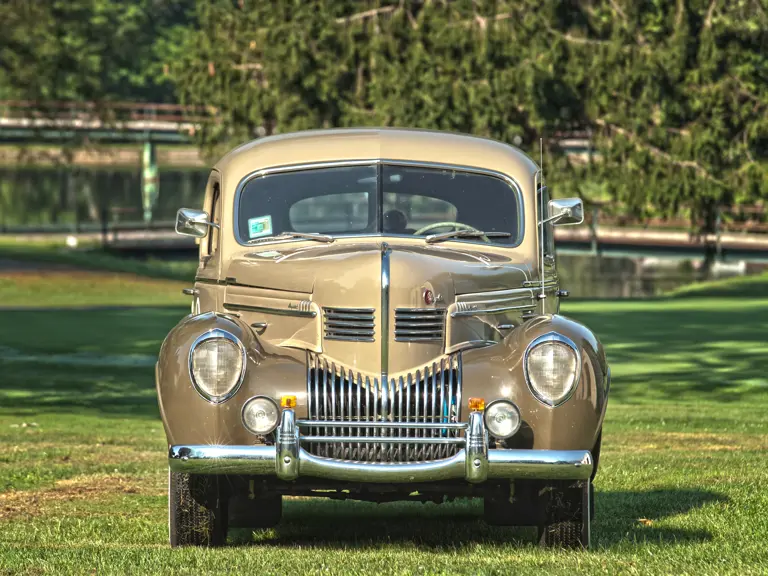
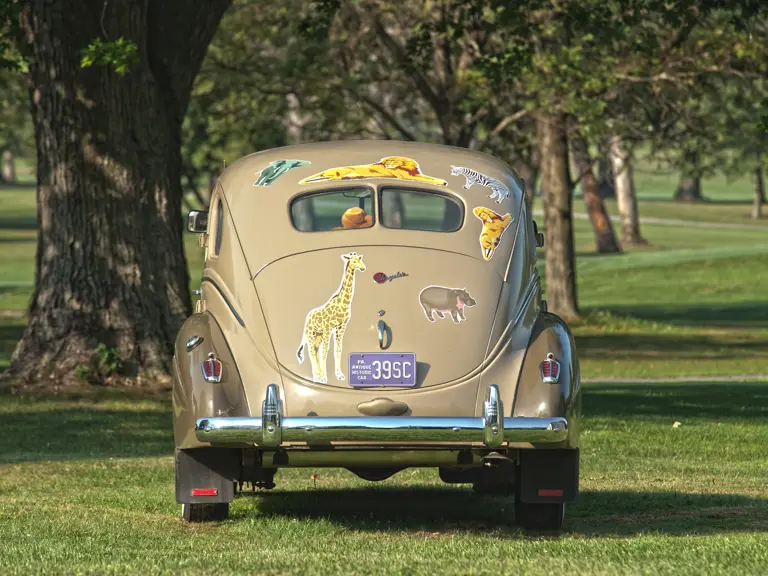
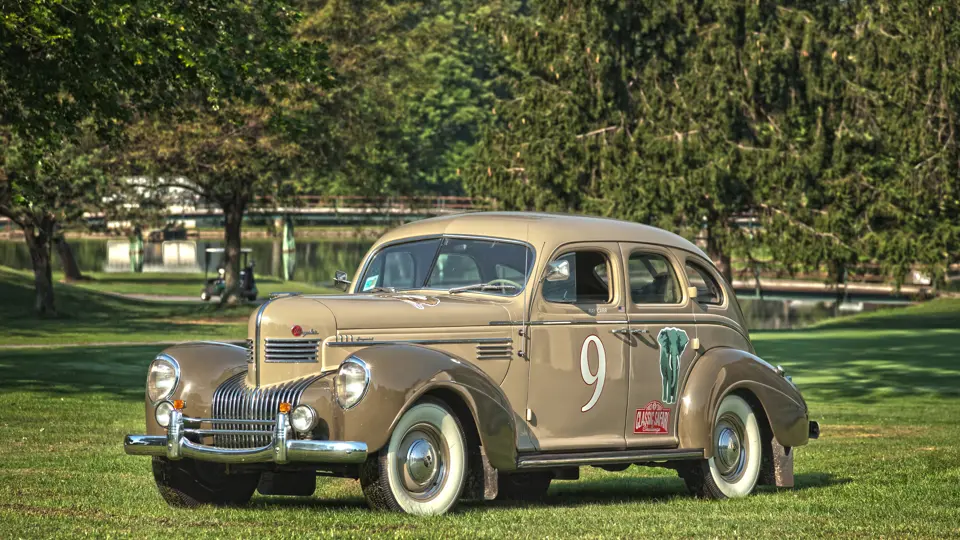
 | Hershey, Pennsylvania
| Hershey, Pennsylvania
